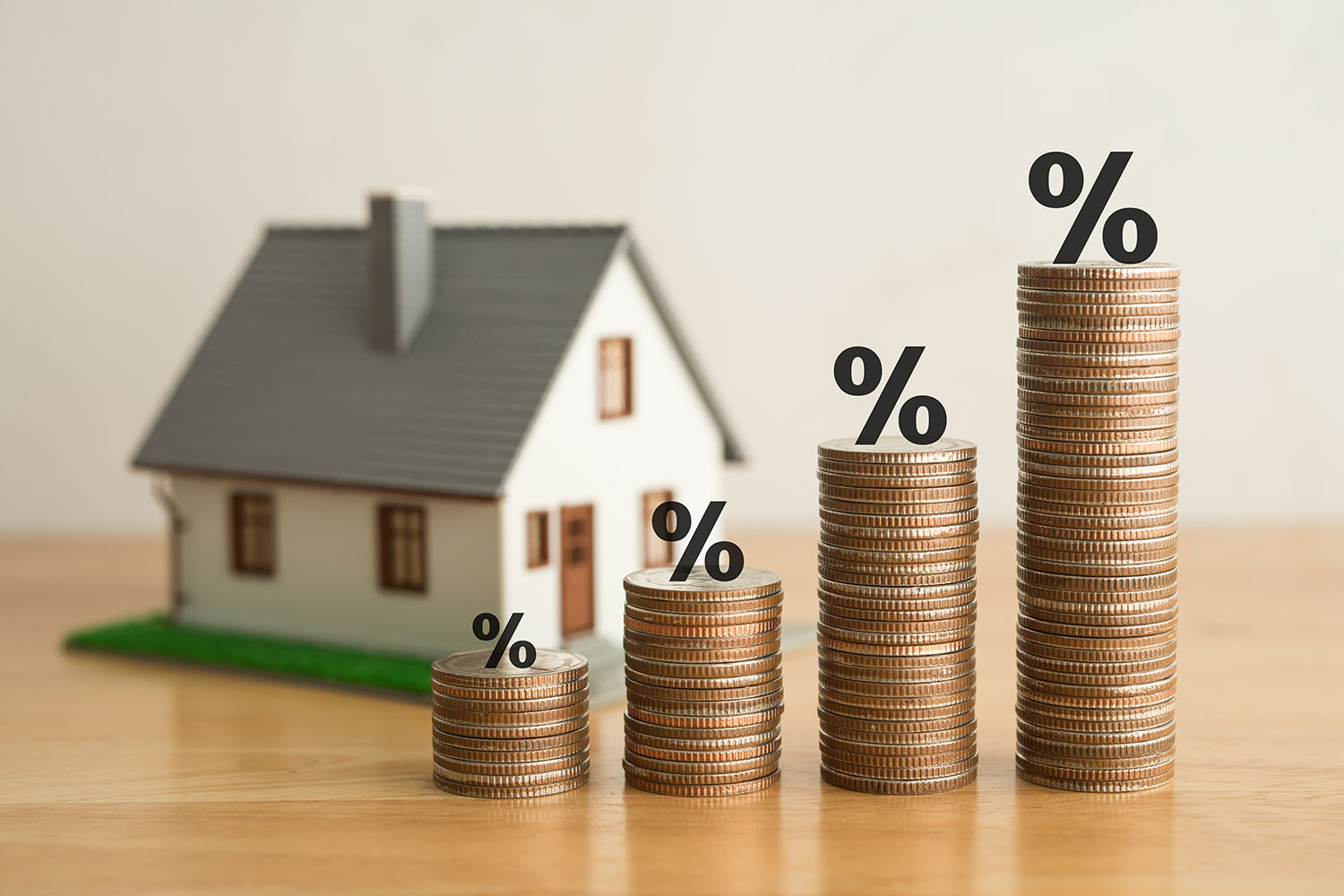At Smart Rate Lending, we understand that buying a home is a significant investment and a pivotal milestone in your life. We're here to simplify this process and guide you through every step, ensuring that you make informed decisions along the way.
Deciding to buy a home is a momentous occasion, and we’re here to ensure your journey is smooth and successful. Before diving into the loan process, it’s crucial to start with the basics and build a strong foundation. Whether you’re a first-time homebuyer, looking for your dream luxury house, or expanding your real estate portfolio through property investments, our Home Buying Guide is designed to assist you in securing that set of keys to your new home.
1. Pre-Qualify for a Loan
Pre-qualification is the initial step in understanding your financial readiness. It determines your ability to repay a loan based on information you provide. This information, evaluated by a licensed mortgage loan originator, helps establish the maximum purchase price you can afford and how much you may be able to borrow. Beyond financial preparation, pre-qualification solidifies your position as a serious buyer in the real estate market, giving you an edge over others and providing clarity on your budget.
2. Understand Your Credit Report
Your credit score is a pivotal factor in your mortgage approval process. Checking your own credit score before meeting with a lender is an essential early step. Ensuring the accuracy of your credit report is crucial, as discrepancies can impact your loan application. Review your report, address any inaccuracies with the credit bureau, and consider paying down high credit balances to potentially enhance your credit score, thus opening doors to better interest rates.
3. Meet Your Licensed Loan Originator
If you’ve completed the pre-qualification process, you’ll now be in contact with a licensed loan originator. If you haven’t, reach out to us to begin this crucial phase. Together, we’ll explore various mortgage products, helping you choose the one that best suits your unique needs. Your licensed loan originator will carefully assess your financial situation and make informed recommendations.
4. Estimate Your Expenses
Getting a grasp of the costs associated with homeownership is a crucial aspect of your home-buying journey. Our online calculators provide estimates for various financial elements, helping you understand the overall picture. These estimates include monthly bills, property taxes, homeowner’s insurance, private mortgage insurance (PMI), living expenses, and potential Homeowners Association fees. Remember to budget for one-time expenses such as closing costs and your down payment.
5. Get Pre-Approved for a Mortgage
Distinguish between pre-qualification and pre-approval. Pre-qualification offers an initial estimate of your borrowing capacity based on the data you provide. Pre-approval, on the other hand, is a written commitment from a lender to extend a mortgage for a specific amount and time period. It involves a comprehensive review of your financial status and credit history by an underwriter. A pre-approval empowers you to negotiate your home purchase confidently and sends a clear signal to realtors and sellers that you’re a ready and serious buyer.
6. Find the Right Realtor
With pre-approval in hand, you’re ready to enlist the services of a real estate agent who can guide you through the intricacies of the home buying process. Choosing the right realtor is as important as selecting the right lender. Ensure your realtor is trustworthy, experienced, and always has your best interests at heart. Seek recommendations from friends and family who’ve navigated the home-buying journey.
7. Start House Hunting
Armed with a lender and realtor, the excitement of house hunting begins. While you may initially be captivated by the aesthetics and features of potential homes, it’s essential to consider all aspects of a property. Prioritize location, taking into account factors such as crime rates, public school ratings, your daily commute, traffic patterns, and nearby amenities. Maintain a practical outlook, factoring in the property’s condition and any potential renovation or repair costs, especially if you’re considering a fixer-upper.
8. Start the Loan Process
By this stage, you’ve found your dream home and obtained your lender’s pre-approval. Now, it’s time to initiate the loan process. Collaborate with your licensed loan originator to assemble the necessary documents and complete your mortgage application. This involves gathering identification and other essential paperwork, submitting your application, and reviewing the Loan Estimate and Good Faith Estimate.
9. Make Your Offer
Collaborate with your real estate agent to craft a well-informed offer that considers the asking price of the home, recent sales in the area, market conditions, potential resale value, and your overall satisfaction with the property. Ensure that the offer covers all verbal agreements with the seller, such as repair commitments or the inclusion of specific appliances.
10. Get A Home Appraisal
When you’re in the final stages of your home-buying journey, it’s time to get a professional home appraisal. Home inspections are an essential step in understanding the condition of the property. They provide an in-depth analysis of the home’s state, which can be invaluable for negotiations. Inspections may help in lowering the purchase price or include additional services or repairs in the contract.
Throughout the sales process, sellers may make verbal commitments to address specific issues before your move-in date, like fixing the roof or providing kitchen appliances. It’s crucial that these agreements are documented in writing within your purchase agreements. This ensures that both parties are accountable for their promises, providing you with peace of mind as you approach closing.
11. Set Closing Date, Time, and Location
As the exciting prospect of homeownership nears its realization, the next step is to set the closing date, time, and location. You might choose to have your co-applicants and realtor present during this critical moment. Typically, the closing takes place in the presence of a public notary. Here’s what you should be prepared for:
- Thoroughly review the final documents to ensure that the rates and amounts align with your agreements.
- Bring a cashier’s check to cover the closing costs and down payment, as personal checks are typically not accepted.
- Sign the loan documents and have photo identification on hand, along with your Social Security card if requested.
12. Receive Your New Set of Keys
Congratulations, you’re now officially a homeowner! While you may be holding the keys to your new home, it’s essential not to forget the key to managing your mortgage. At Smart Rate Lending, we’re here to provide ongoing guidance and support for any questions or situations that may arise in the future. Our licensed loan officers are always available to assist you on your homeownership journey.







